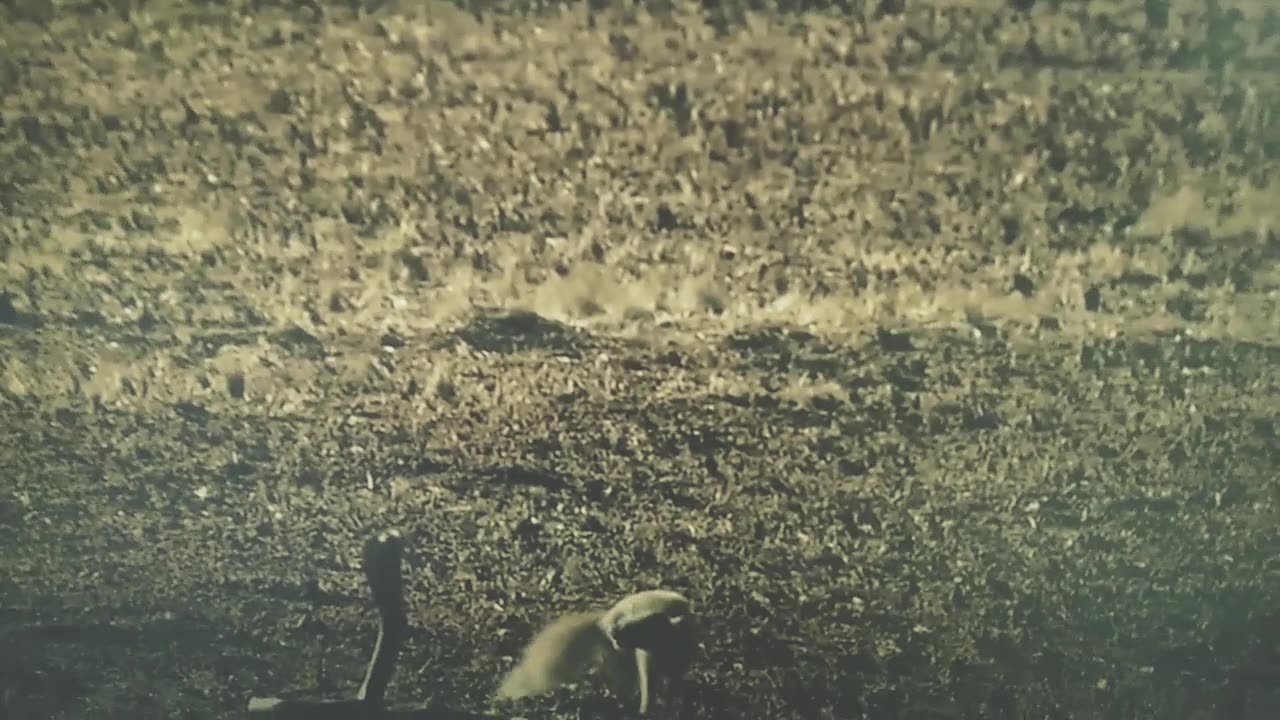Premium Only Content

fight with lion
The term "wild lifestyle in forests" typically refers to the way animals and other organisms live and interact in their natural forest habitats, free from human intervention or domestication. Forests are complex ecosystems that provide a wide range of resources and support a diverse array of life forms. Here are some aspects of the wild lifestyle in forests:
1. Biodiversity: Forests are incredibly diverse environments, housing an extensive variety of plant and animal species. These ecosystems are home to countless species of trees, shrubs, insects, birds, mammals, amphibians, and reptiles, all interconnected in intricate ecological relationships.
2. Habitat diversity: Forests offer a wide range of habitats, including canopy layers, understory, forest floor, and various microhabitats. Each habitat supports different species with specific adaptations to their environment.
3. Foraging and hunting: Wild animals in forests rely on their natural instincts and adaptations to find food and water. Predators hunt for prey, herbivores graze on vegetation, and scavengers consume decaying organic matter.
4. Reproduction and parenting: Forest-dwelling animals have their unique strategies for reproduction and parenting. Some species build nests or dens to protect their young, while others give birth in hidden locations.
5. Territorial behavior: Many animals in forests exhibit territorial behavior to establish and defend their living spaces and resources, such as food, mates, and shelter.
6. Migration and seasonal patterns: Some forest-dwelling species undertake long-distance migrations to find better resources or escape harsh conditions. Many organisms also follow seasonal patterns in activities like breeding and hibernation.
7. Interactions and symbiosis: Forests are ecosystems where different species interact with each other in complex ways, forming symbiotic relationships like mutualism, commensalism, and parasitism.
8. Survival skills: Wild animals in forests must develop various survival skills, including camouflage, evasion, communication, and adaptation to changing environmental conditions.
It's important to note that the wild lifestyle in forests is constantly influenced by factors such as climate, availability of resources, and interactions with other species. Additionally, human activities like deforestation, habitat destruction, and pollution can significantly impact the delicate balance of life in these ecosystems. Preserving and protecting forests and their inhabitants is vital for maintaining the richness of the wild lifestyle in these natural habitats.
-
 31:55
31:55
Chris Harden
7 days ago $0.17 earnedChattanooga | Overrated or Underrated?
3.39K1 -
 11:08
11:08
JohnXSantos
1 day agoI Challenged AI to Build a Viral Product From Scratch
4.79K2 -
 0:39
0:39
Danny Rayes
22 hours ago $0.42 earnedHis Grandma Thinks He's Innocent!
4.51K8 -
 8:39
8:39
Rethinking the Dollar
8 hours agoSilver Is Rising Fast — But I’m Struggling to Buy More
5.26K5 -
 1:43:14
1:43:14
The Quartering
6 hours agoMassive Charlie Kirk Bombshell! We Knew It!
118K378 -
 2:28:32
2:28:32
MattMorseTV
7 hours ago $35.37 earned🔴Revealing his TRUE MOTIVES.🔴
67.4K191 -
 1:18:02
1:18:02
iCkEdMeL
6 hours ago $19.13 earnedBOMBSHELL: Shooter’s Trans Partner Helped Take Him Down
47.6K73 -
 1:42:45
1:42:45
The Big Mig™
11 hours agoThe Islamic Invasion – The EU Has Fallen, A Warning For The USA |EP653
54.4K59 -
 4:27:45
4:27:45
Joker Effect
6 hours agoRUMBLE IN THE DEN 4 - Hungry fighters and NFL legend fight for respect
45.7K1 -
 44:37
44:37
Rebel News
7 hours ago🔴 LIVE NOW: Massive ‘Unite the Kingdom’ Rally in London ft. Tommy Robinson | UKrebels.com
64.5K56